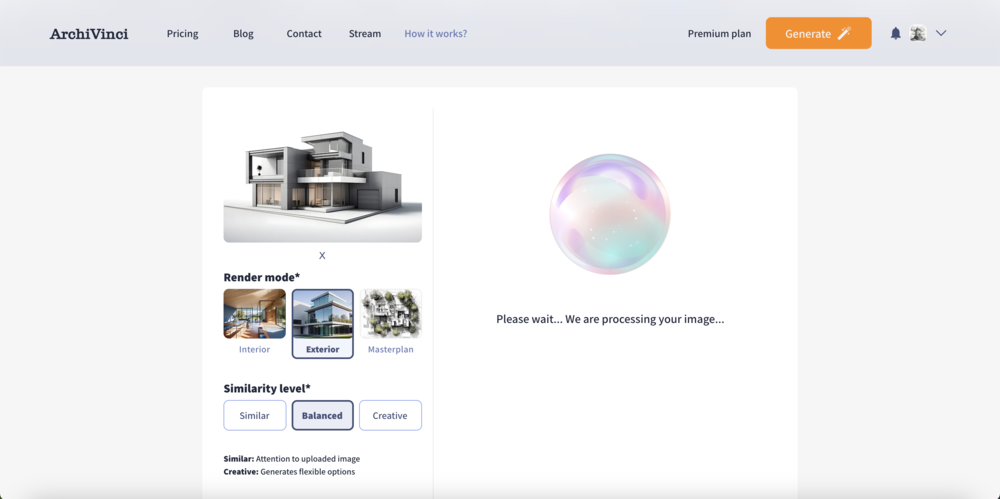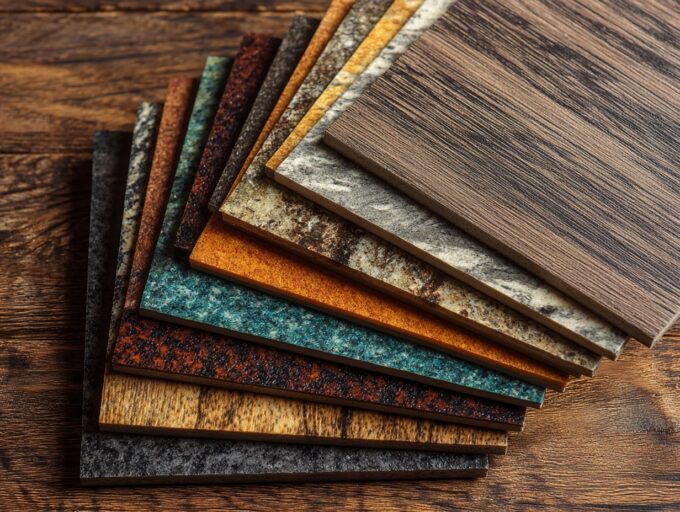- Home
- Articles
- Architectural Portfolio
- Architectral Presentation
- Inspirational Stories
- Architecture News
- Visualization
- BIM Industry
- Facade Design
- Parametric Design
- Career
- Landscape Architecture
- Construction
- Artificial Intelligence
- Sketching
- Design Softwares
- Diagrams
- Writing
- Architectural Tips
- Sustainability
- Courses
- Concept
- Technology
- History & Heritage
- Future of Architecture
- Guides & How-To
- Art & Culture
- Projects
- Interior Design
- Competitions
- Jobs
- Store
- Tools
- More
- Home
- Articles
- Architectural Portfolio
- Architectral Presentation
- Inspirational Stories
- Architecture News
- Visualization
- BIM Industry
- Facade Design
- Parametric Design
- Career
- Landscape Architecture
- Construction
- Artificial Intelligence
- Sketching
- Design Softwares
- Diagrams
- Writing
- Architectural Tips
- Sustainability
- Courses
- Concept
- Technology
- History & Heritage
- Future of Architecture
- Guides & How-To
- Art & Culture
- Projects
- Interior Design
- Competitions
- Jobs
- Store
- Tools
- More
Boosting Creativity in Architecture: The ArchiVinci Approach

Creativity lies at the heart of architecture. It is the spark that transforms simple structures into awe-inspiring spaces. Yet, architects often face numerous hurdles that can stifle creativity—tight deadlines, repetitive tasks, and the constant pressure to meet client expectations. In this challenging environment, how can architects ensure that their creative vision shines through? ArchiVinci, an AI-powered platform designed specifically for architects, offers a solution by simplifying the design process and allowing architects to focus on what they do best: creating inspiring designs.
“In this blog, we’ll explore how ArchiVinci, whose UX design and product management are led by Elif SARIKAYA, is changing the way architects approach their work. We’ll dive into the specific features that make this platform a game-changer and examine real-world examples that demonstrate its potential to boost creativity. By the end, you’ll see how ArchiVinci’s innovative approach can revolutionize the architectural design process and pave the way for more creative and unique projects

Table of Contents
ToggleThe Role of AI in Enhancing Creativity
Artificial intelligence (AI) has become an integral part of many industries, but its role in architecture is often misunderstood. While some fear that AI could replace human creativity, ArchiVinci takes a different approach. Rather than replacing architects, it empowers them by automating repetitive tasks and providing rapid feedback, allowing architects to experiment and explore without being bogged down by technical constraints.
Traditionally, the architectural design process involves a lot of manual work— creating detailed drawings, drafting multiple versions, and waiting for client feedback. This process can be time-consuming and often limits the architect’s ability to explore new ideas. With ArchiVinci, these barriers are removed. The platform can quickly convert simple sketches into photorealistic renders, giving architects the freedom to iterate and refine their designs at a much faster pace.
One of the key advantages of AI in architecture is its ability to generate realistic visualizations. This not only speeds up the design process but also allows architects to communicate their ideas more effectively. With ArchiVinci, architects can create detailed renders that showcase their vision, helping clients and stakeholders visualize the final product. This clarity fosters better communication and ultimately leads to more creative and successful projects.

From Sketches to Realistic Renders: A New Level of Freedom
ArchiVinci’s ability to convert basic sketches into realistic renders is a significant leap forward in the architectural design process. In the past, architects had to rely on manual drafts and rough models to convey their ideas. This often led to misunderstandings and misinterpretations, as clients and stakeholders struggled to visualize the final outcome. ArchiVinci eliminates this problem by providing architects with a tool that can create detailed visualizations from even the most rudimentary sketches.
This new level of freedom allows architects to experiment with various design elements without worrying about the time and effort required to create detailed renders. Whether it’s exploring different styles, materials, or layouts, ArchiVinci’s rapid prototyping capability gives architects the flexibility to try out new ideas and see how they work in a realistic context. This ability to iterate quickly can lead to more innovative designs, as architects are no longer limited by the constraints of traditional design methods.
Let’s consider a case study to illustrate this point. An architect working on a residential project had a basic sketch of the exterior facade. Using ArchiVinci, the architect was able to generate a photorealistic render that showcased different materials and lighting effects. This rapid visualization allowed the architect to refine the design and present a compelling concept to the client. The client was able to see the potential of the design and provide valuable feedback, leading to a more successful project outcome.

The Technology Behind ArchiVinci: How Stable Diffusion and ControlNet Transform Architectural Design
ArchiVinci uses the ultimate technology to create hyper-realistic renders and simplify the architectural design process. At the core of this technology are two advanced AI models: Stable Diffusion and ControlNet. Stable Diffusion is a generative AI model designed to create detailed images from textual prompts. It’s known for its versatility and ability to produce high-quality results with remarkable efficiency. ControlNet, on the other hand, allows users to have precise control over the output by conditioning the generative process on specific input data, such as sketches or outlines.
In the context of ArchiVinci, Stable Diffusion serves as the engine that generates the visual content, while ControlNet provides the framework to guide this generation according to specific design elements. When architects upload their sketches or rough ideas, ControlNet takes this input and uses it to steer the output from Stable Diffusion, ensuring that the generated renders align closely with the architect’s vision. This combination of generative and control mechanisms enables ArchiVinci to create highly realistic visualizations from minimal input, offering architects a powerful tool to turn concepts into vivid images.

The rendering process involves a few key steps. First, the architect uploads a sketch or textual description to ArchiVinci’s platform. ControlNet processes this input, extracting key features and guidelines that inform the generation process. Next, Stable Diffusion generates the photorealistic render based on these guidelines, creating an output that captures the architect’s design intent with remarkable accuracy. The entire process is quick and efficient, allowing architects to visualize their ideas in real time and make adjustments as needed. This technology empowers architects to explore new creative possibilities and collaborate more effectively with clients and stakeholders, ultimately leading to more innovative and successful architectural projects.

Streamlining the Design Process
One of the most significant benefits of ArchiVinci is its ability to update the design process. By automating repetitive tasks and providing rapid feedback, the platform allows architects to focus on the creative aspects of their work. This not only saves time but also enhances the quality of the final design.
In a traditional architectural design process, architects often spend hours creating detailed drawings and drafts. This manual work can be tedious and time-consuming, leaving little room for creativity. ArchiVinci changes this by automating these tasks, allowing architects to create high-quality renders with minimal effort. This efficiency frees up time for architects to explore new ideas and experiment with different design elements.
The platform’s flexibility is another key feature that contributes to a reorganized design process. ArchiVinci allows architects to quickly adapt to client feedback and make changes to their designs in real-time. This level of agility is crucial in an industry where client expectations and market trends can shift rapidly. By providing a more responsive design process, ArchiVinci helps architects manage project timelines and budgets more effectively.

Expanding Design Possibilities
ArchiVinci’s AI-driven approach also opens up new creative horizons for architects. With the ability to create rapid visualizations, architects can push the boundaries of traditional design and experiment with unconventional concepts. This level of creativity can lead to innovative and unique projects that stand out in the architectural landscape.
By offering high-fidelity renders, ArchiVinci enables architects to visualize their designs in a realistic context. This helps them identify potential issues early in the design process and make adjustments before construction begins. It also allows architects to explore different styles and materials, giving them the freedom to create spaces that are both aesthetically pleasing and functional.
Consider another case study where an architect was working on an urban planning project. Using ArchiVinci’s masterplan module, the architect was able to create a detailed visualization of an entire city block. This rapid visualization allowed the architect to experiment with different building heights, layouts, and green spaces. The flexibility of the platform enabled the architect to create a masterplan that balanced aesthetics with practicality, leading to a design that was both innovative and feasible.

Let ArchiVinci Do the Work
ArchiVinci’s innovative approach to architecture is altering the way architects work. By providing rapid and realistic visualizations, the platform allows architects to boost their creativity and focus on what they do best: designing inspiring spaces. The ability to translate basic sketches into high-resolution renders empowers architects to explore new ideas and push the boundaries of traditional design.
With ArchiVinci, architects can modernize their design process, saving time and reducing manual effort. This efficiency enables architects to be more responsive to client feedback and adapt to changing market trends. The platform’s flexibility also opens up new creative horizons, allowing architects to experiment with unconventional concepts and create unique projects.
Ultimately, ArchiVinci isn’t here to replace architects; it’s here to help them. By harnessing the power of AI, ArchiVinci offers architects a tool that enhances their creativity and allows them to bring their most ambitious projects to life. If you’re an architect looking to boost your creativity and simplify your design process, ArchiVinci is the platform for you.
If you’re interested in exploring how ArchiVinci can change your architectural project workflow, visit our website for more information https://www.archivinci.com Try out our platform and discover how AI can boost your creativity and enhance your design process. Contact us to learn more about our services and how we can help you bring your architectural visions to life.
Submit your architectural projects
Follow these steps for submission your project. Submission FormLatest Posts
How DeepSeek AI Is Transforming Architecture and Urban Design Workflows
DeepSeek AI represents a new generation of architectural intelligence, shifting artificial intelligence...
10 Best Architecture Tools of 2026: Programs, AI, and iPad Apps
A comprehensive guide to the most influential architecture tools and AI platforms...
Veo 3 for Architecture: Free Prompts & How to Master Visual Design Videos
Veo 3 introduces AI-powered video generation for architecture, allowing designers to present...
Midjourney Video Update: A New Era for AI Architecture & Landscape Design
Midjourney’s new video feature introduces AI-powered animation for architectural and landscape renders,...












Leave a comment